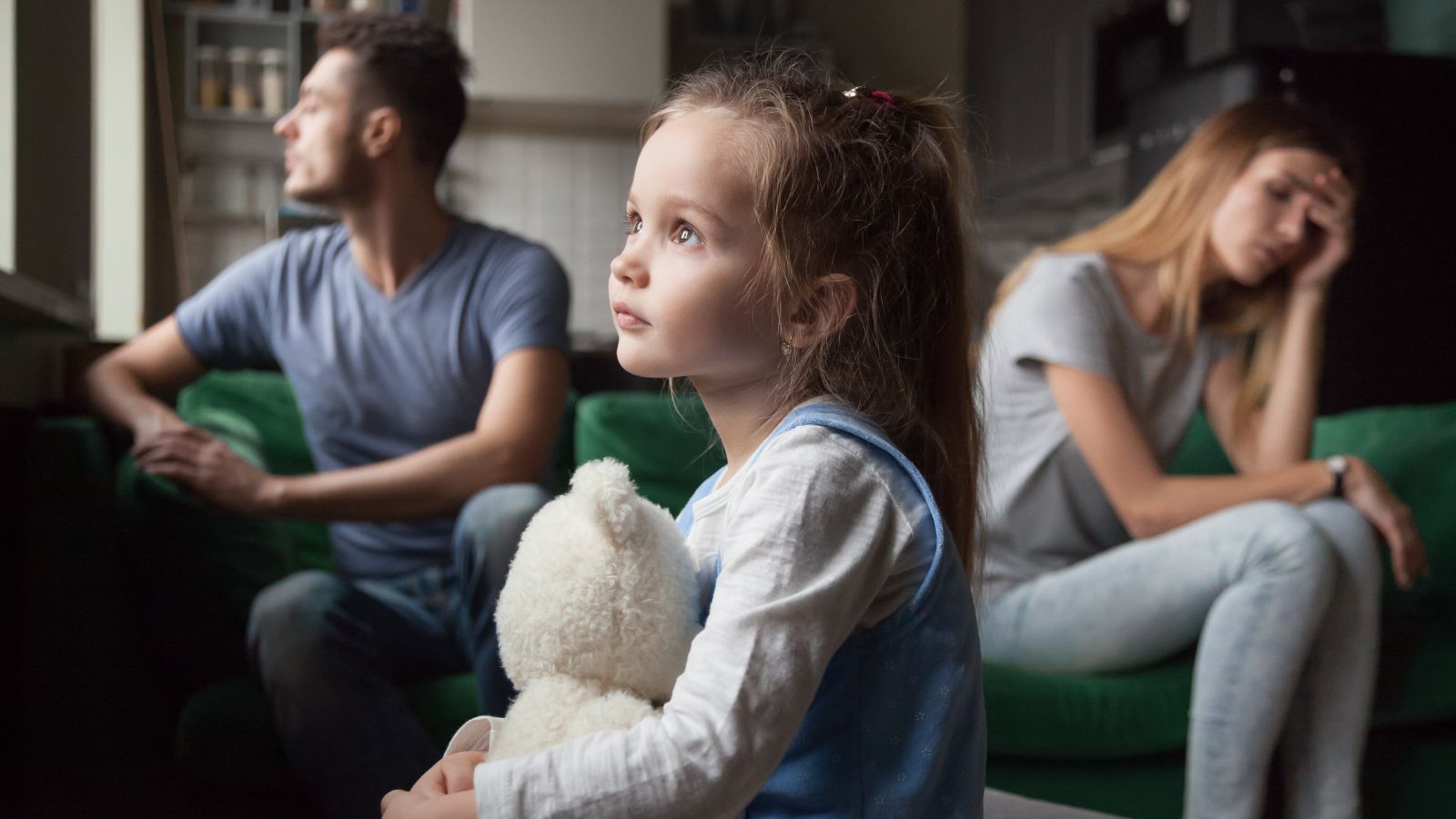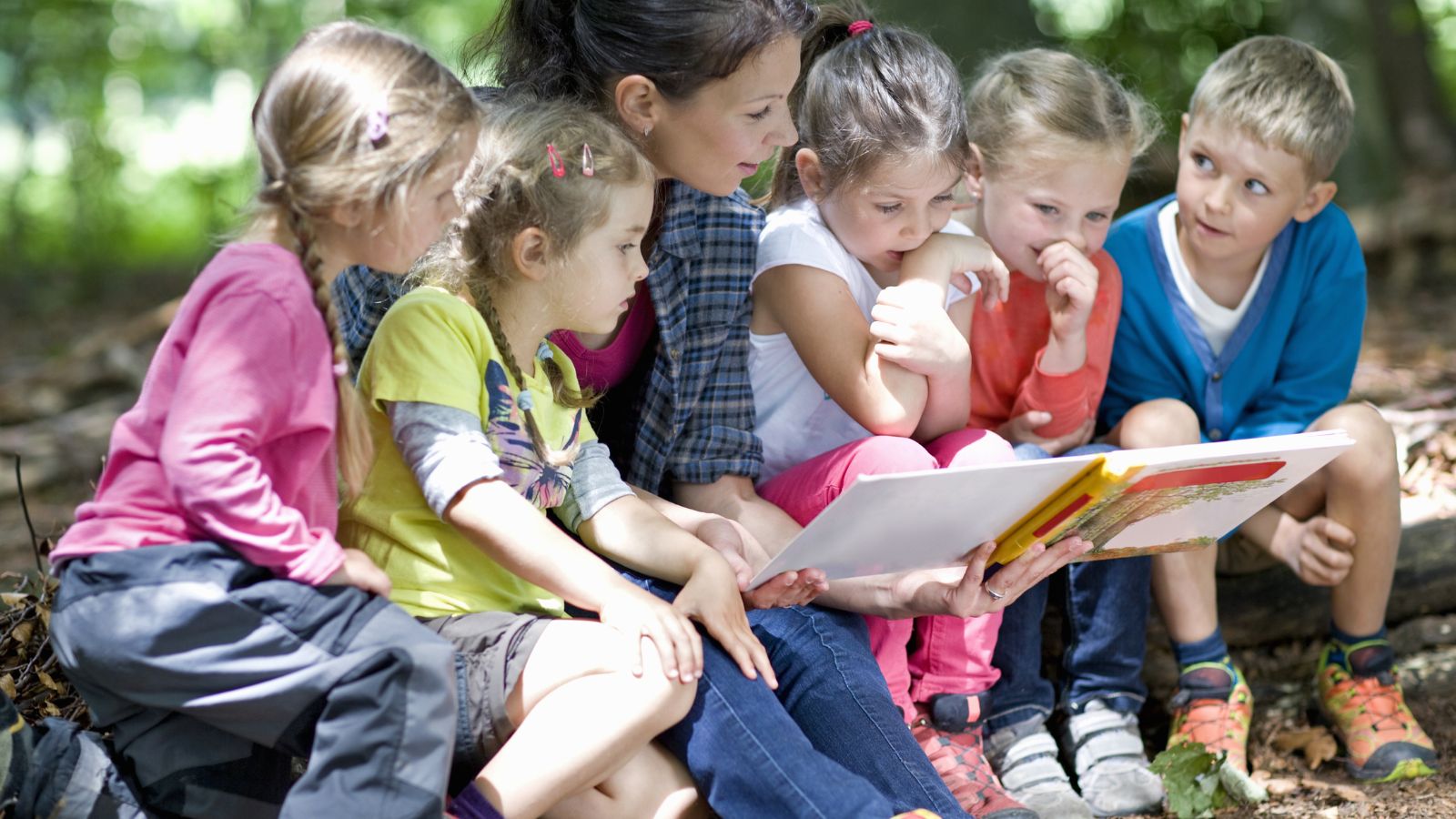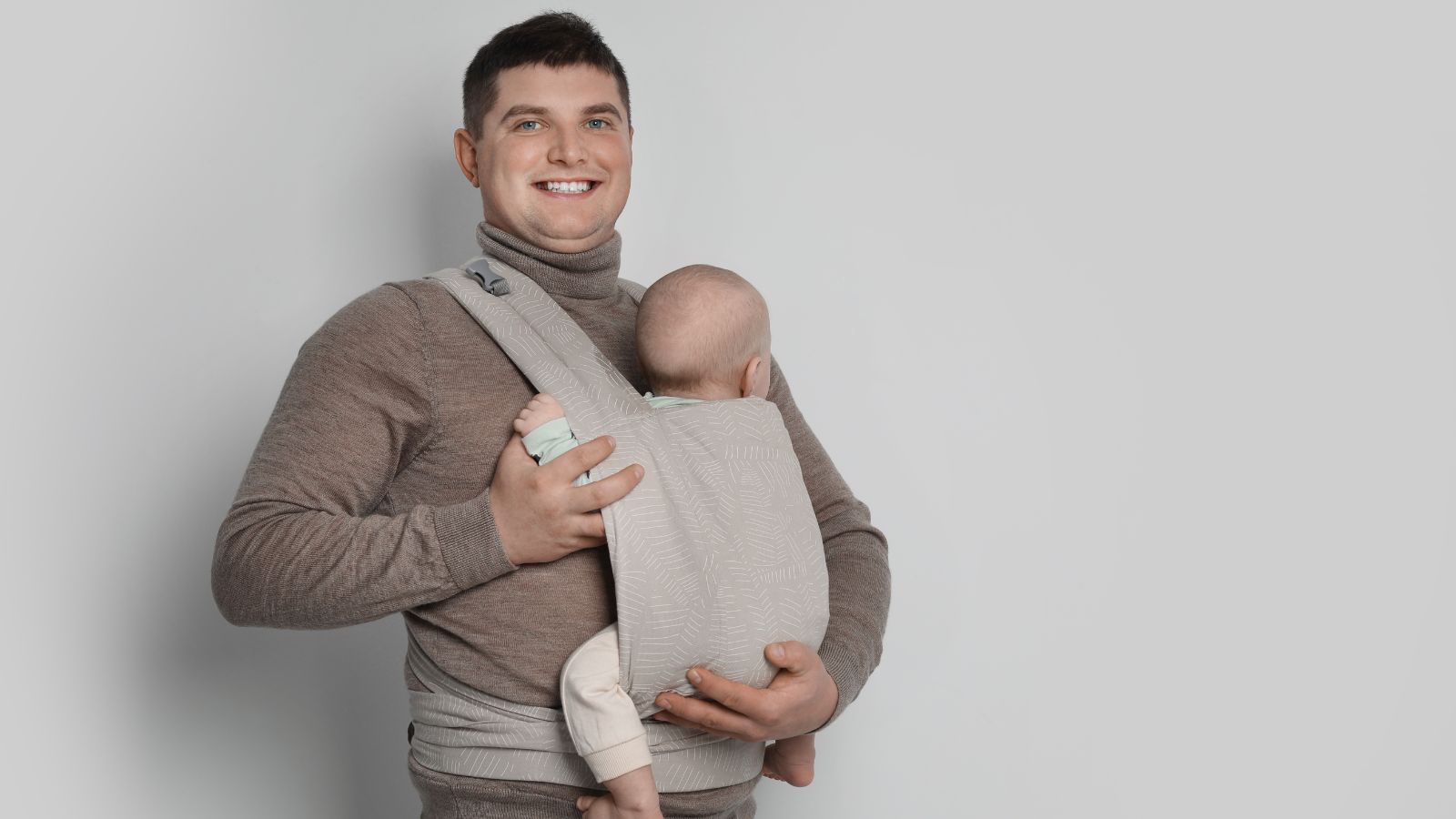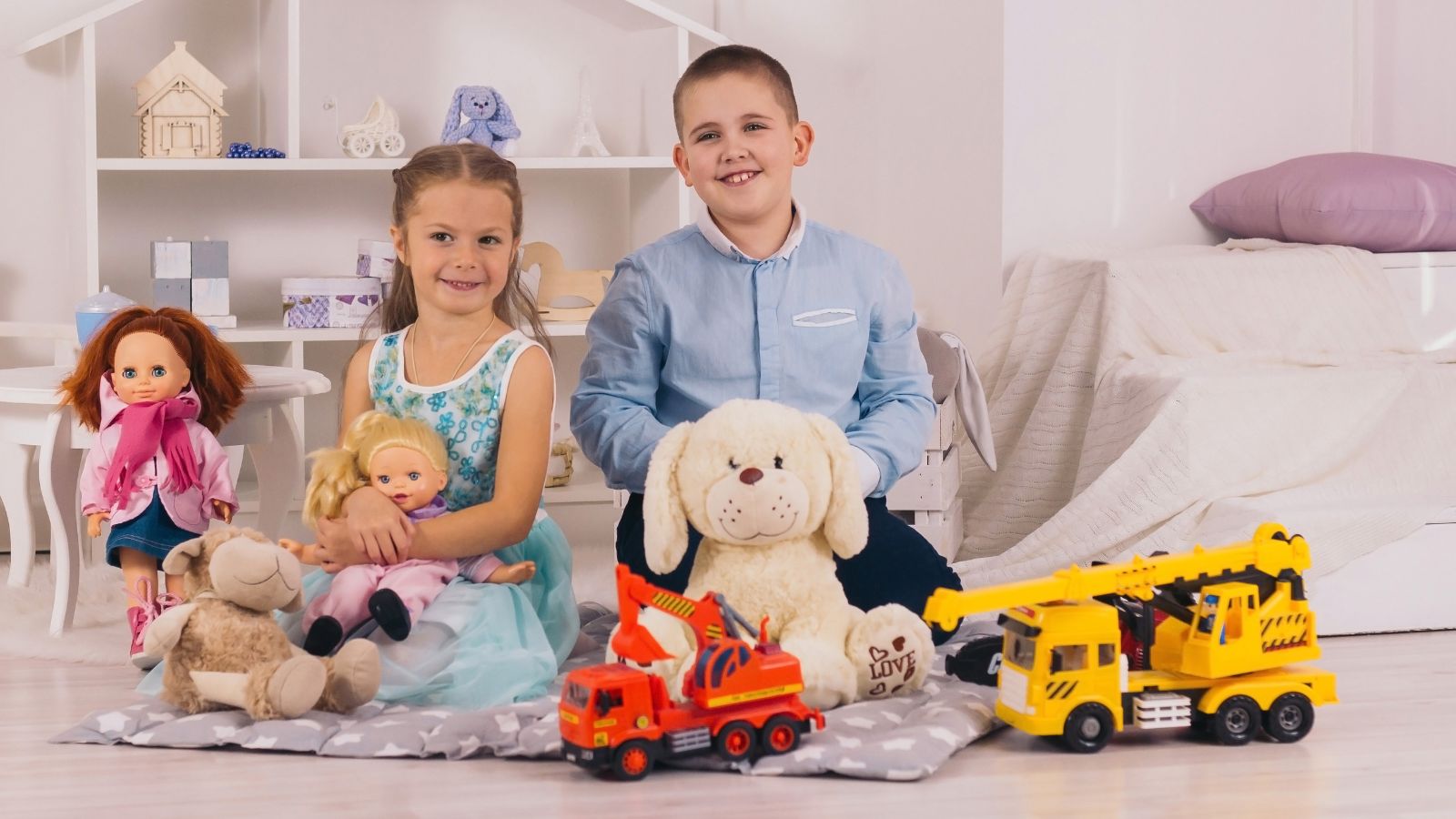Family dynamics have seen significant shifts in recent years as societal norms have changed, largely influenced by technological advancements. In place of the traditional nuclear family model there are diverse families living their lives differently than 30 years ago. We look at 18 surprising new trends in family dynamics to be aware of in 2024:
Rise of Multigenerational Households

More families are now living with multiple generations under one roof. Economic factors, such as housing costs and healthcare, combined with cultural influences, have prompted more adult children to live with their parents and grandparents, promoting stronger family ties while also introducing new challenges in terms of caregiving and privacy.
Increased Involvement of Fathers

Fathers are becoming more actively involved in childcare and household responsibilities than ever before. This shift is largely due to changes in gender roles and the growing expectation for men to share the responsibilities traditionally associated with mothers, helping create a more balanced family structure.
Blended Families on the Rise

With increasing divorce rates and remarriages, blended families (those with stepparents and stepsiblings) have become a more common family unit. This can present challenges such as establishing new roles and relationships, but it also offers the opportunity for stronger, more diverse family bonds.
Grandparents Taking on Parenting Roles

Due to a combination of economic struggles, health issues, or even the death of parents, more grandparents are taking on the role of primary caregivers for their grandchildren. This trend is particularly prominent in communities where resources are limited or where addiction crises are prevalent.
Digital Parenting and Virtual Connections

With the rise of remote work, social media and online learning, technology now plays a central role in family life. Parents often use digital tools to stay connected with their kids or monitor their online activities, while families separated by geography can maintain strong relationships through virtual platforms.
Children as Caregivers

An increasing number of children and young adults are taking on the responsibility of caring for aging or ill family members. This reversal of roles can lead to emotional and financial stress but also reflects changing family support systems in the face of rising healthcare needs.
Parenting in the Age of Mental Health Awareness

The growing emphasis on mental health has dramatically influenced parenting styles. More parents are becoming attuned to their children’s emotional and psychological needs, addressing issues such as anxiety and depression with professional support and fostering open communication around mental well-being.
Delayed Parenthood

More individuals and couples are choosing to delay parenthood, often for career or financial reasons. This delay has led to an increase in older first-time parents, affecting family planning, work-life balance and societal expectations around family life.
Single-Parent Families Becoming More Common

Single-parent households are more prevalent, often due to divorces, separations, or personal choices to raise children without a partner. These families face unique challenges, such as financial strain, but they also exemplify resilience and adaptability.
LGBTQ+ Parenting

LGBTQ+ families are becoming more visible and accepted, with more same-sex couples raising children either through adoption, surrogacy, or co-parenting arrangements. This shift reflects greater social acceptance and legal support for LGBTQ+ rights in many parts of the world.
Co-Parenting After Divorce

Instead of the traditional custody battles, more divorced or separated parents are embracing co-parenting arrangements. These families focus on maintaining equal involvement in their children’s lives, prioritizing their well-being over marital conflicts.
Shared Custody and Flexible Living Arrangements

As co-parenting becomes more common, so too are creative living arrangements where children split time equally between two homes. Some families even experiment with “nesting,” where parents alternate living in the family home while children remain in one stable environment.
Increase in Childfree Families

More couples are opting to remain childfree, prioritizing personal freedom, career goals, or lifestyle choices over parenthood. This trend challenges traditional expectations of family and is becoming a widely accepted personal decision.
Boom in Adoption and Fostering

With more awareness about fostering and adoption, many families are growing through these methods, offering homes to children in need. This trend is expanding beyond traditional adopters to include more single parents and LGBTQ+ individuals who are reshaping family dynamics through alternative parenting routes.
Remote Work and Changing Family Roles

With the rise of remote work, family roles and schedules are undergoing a transformation. Parents who work from home are spending more time with their children, but also facing the challenge of balancing work responsibilities with family life, which has created new patterns of engagement and stress.
Influence of Social Media on Parenting

Social media is influencing how parents approach raising children. From online parenting forums to influencers sharing their experiences, parents are constantly exposed to advice, trends and pressure to live up to certain standards, affecting parenting decisions and family life.
Shared Parenting Models

More parents are moving towards shared parenting models that balance work, household chores and childcare duties equally between partners. This collaborative approach allows both parents to pursue their careers while staying actively involved in their children’s lives.
Extended Adolescence

Young adults are increasingly staying at home well into their 20s due to the high cost of living, student debt and job market challenges. This trend, known as “boomeranging,” has extended the traditional family life cycle, reshaping family interactions and financial dependencies.
Shifting Gender Roles

Traditional gender roles within families are being redefined, with more women serving as the primary breadwinners and more men taking on caregiving responsibilities. This shift reflects broader societal changes in gender equality and how families structure their lives around work and caregiving.
18 Reasons Why People Are Leaving Florida in Masses

Exploring factors that impact the desirability of living in Florida, this list delves into various challenges shaping residents’ experiences. From environmental concerns like rising sea levels to economic factors such as fluctuating job markets, these issues collectively contribute to a nuanced understanding of the state’s appeal.
18 Reasons Why People Are Leaving Florida in Masses
